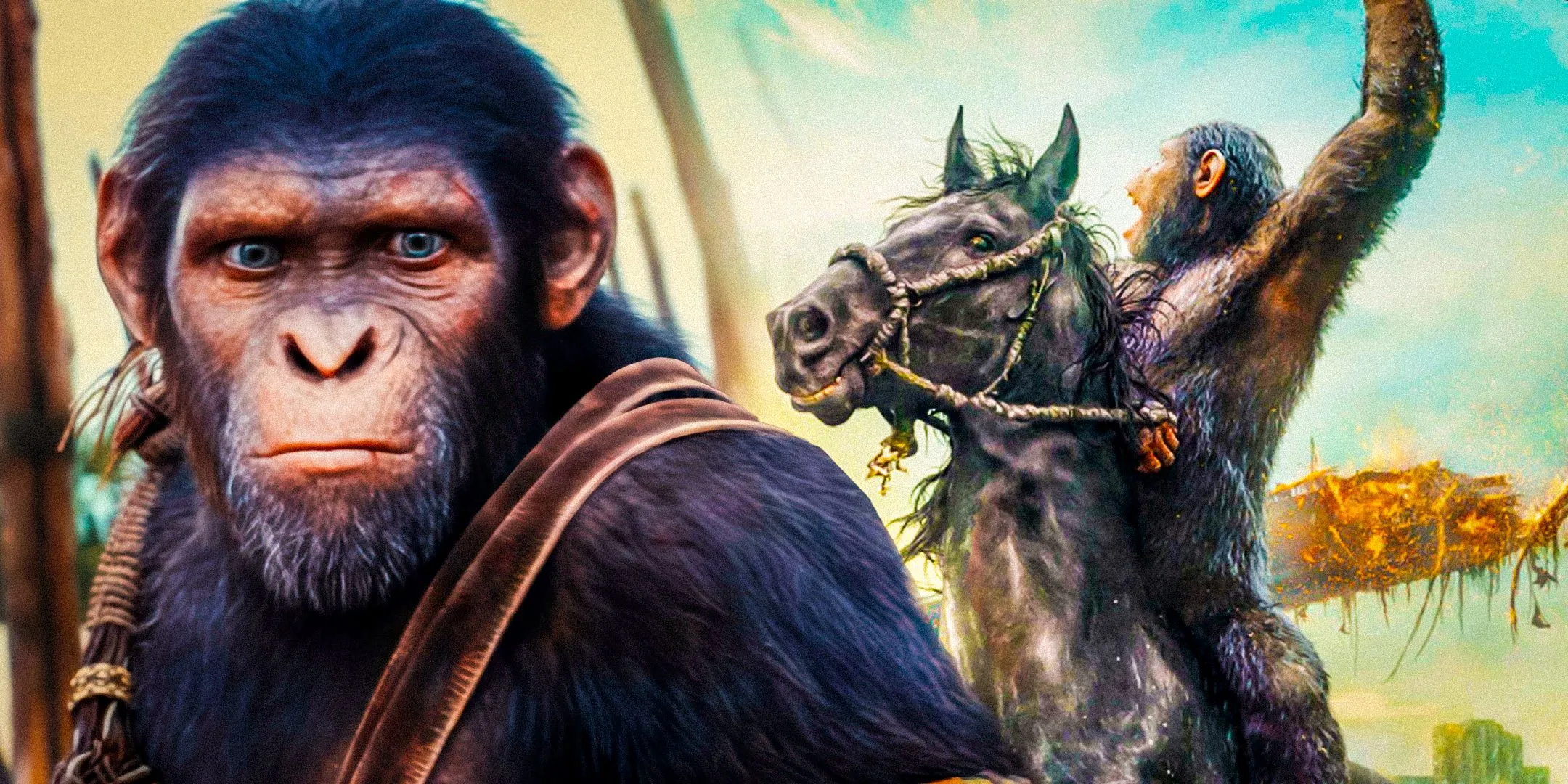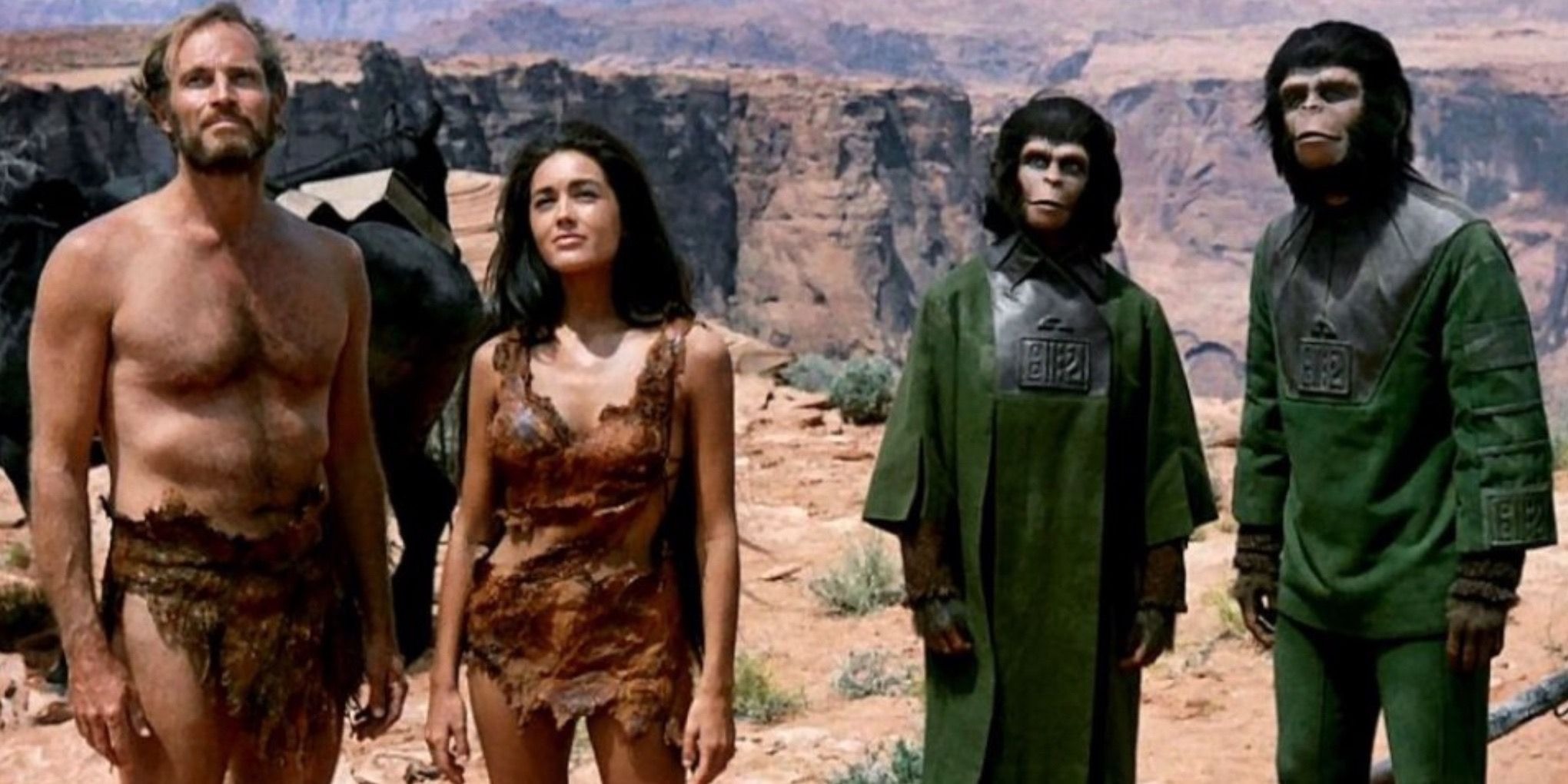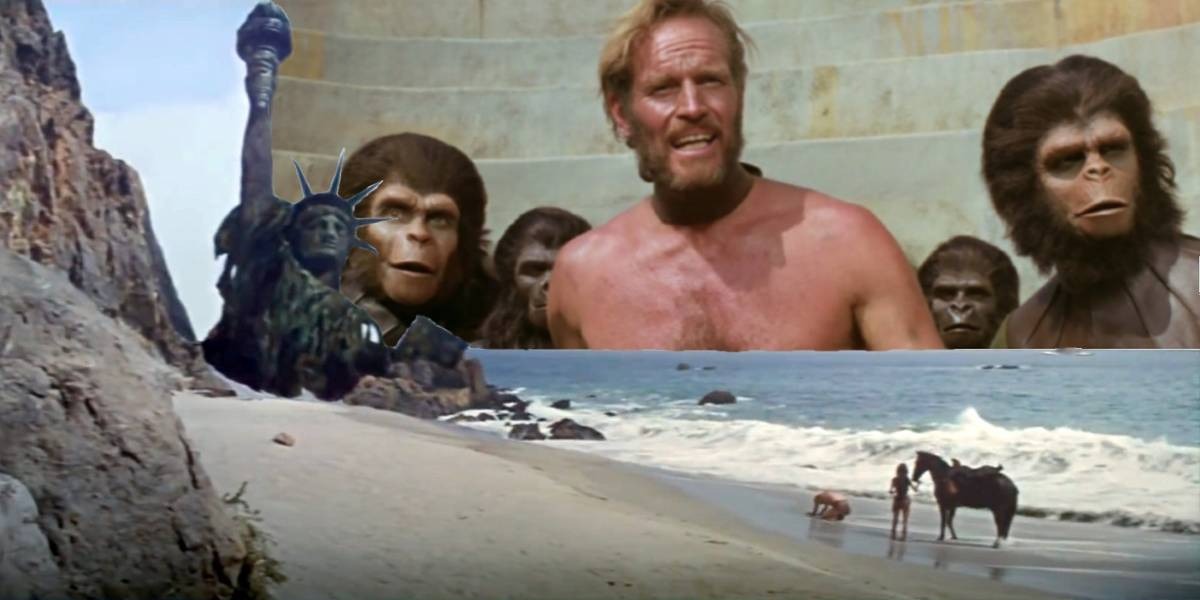This 1968 sci-fi film closed with a very dramatic final scene that has stayed fresh in viewers’ minds, but even with that, it still left many unanswered issues behind. The movie was an adaptation of Pierre Boulle’s novel, where apes ruled while human beings were treated like wild animals.
Mixing political themes inside its science fiction setting, the film managed to rise above its B-movie appearance and brought in over $30 million at the box office (based on Box Office Mojo records). A major outcome of its release was that it opened the way for an extensive film series that spanned decades.

Charlton Heston played Taylor, the astronaut who ended up stranded, and though the storyline looked simple on the surface, it was boosted by impressive prosthetic effects and a bold musical score.
It was one of the sci-fi titles from the 1960s that gave viewers a unique kind of experience that cut across different styles—mystery, suspense, action, and horror—without being weighed down by only one genre. Even after many years, the impact of the movie hasn’t reduced.
The twist at the very end brought the story to a dramatic close and stirred curiosity about what was next.
How The Final Moments Played Out In Planet Of The Apes
When Taylor gained the trust of Cornelius and Zira, the chimpanzee scientists, they helped him escape from the holding area. Along with Nova, his human companion, they headed toward a forbidden region called the Forbidden Zone.
Once they reached that location, Taylor was shown evidence—tools and ruins—that proved that humans once lived advanced lives on that same planet. Dr. Zaius, who was an elder in ape society and had long suspected the truth, followed them and admitted he was already aware of the human past.
Though he let Taylor and Nova go deeper into the Forbidden Zone, he made it clear they might not like what they’d discover there. As Zira and Cornelius were captured and charged with crimes against ape belief, Taylor and Nova pushed further into the dry, strange land to try and understand where they were.
Their search brought them to a seaside where they stumbled upon the wreckage of the Statue of Liberty. This landmark made Taylor realise something shocking—he had been on Earth the entire time. He had slept through centuries after the space mission, missing the catastrophic events caused by mankind that wiped out human society and allowed the apes to rise.
Why Dr. Zaius Didn’t Stop Taylor From Leaving
Dr. Zaius made a decision that surprised many—he chose to release Taylor instead of keeping him locked up. He believed that whatever humans would find out in the Forbidden Zone would be meaningless to the larger society.
Since humans were no longer regarded as important, Zaius knew Taylor could not use any information against the ape leadership. There’s a strong chance he already had a full understanding of what Taylor would uncover.
No matter what, the truth wouldn’t change much, because Taylor could either stay in that isolated region or end up getting captured again if he came back.
Why Dr. Zaius Chose To Hide The Past
The choice to hide evidence of humanity’s past achievements was not just about pride—it was about maintaining power and order. Dr. Zaius ensured Zira and Cornelius were arrested at the end and gave orders for the cave containing old human items to be sealed off.
Later sequels and reboots took different directions, but his move to suppress knowledge stayed consistent as a central idea in the apes’ control system. Similar to how some human governments erased troubling parts of their history, Zaius did not want the ape society to start questioning its roots.
Terms like “ape law” were mentioned often, making it clear that their society was structured to put apes far above every other species. If it turned out that humans had once been intelligent and dominant, such information could stir rebellion and even affect how gorillas, who served as guards, viewed their own status.
Dr. Zaius acted based on self-preservation. He knew that by keeping these truths away from the public, he could protect his authority and prevent confusion that might shake the entire system.
What The Statue Of Liberty Scene Meant
That final shot, where the Statue of Liberty appeared in ruin, shocked viewers deeply, but there was more to it than just its surprise effect. Pierre Boulle’s original book was French, and its references were French too, but the American film had to adjust to suit its audience.

While Tim Burton’s version later stayed closer to the original text, the 1968 film created an image that stood on its own and helped distinguish it from other versions that followed.
Since the Statue of Liberty stands as a strong symbol for the United States, especially freedom and national pride, it served as the perfect revelation for Taylor. It confirmed that he hadn’t traveled to a distant planet—he had returned to his land, only in a much-altered future.
Beyond making a connection with American viewers, the image hinted that the downfall of mankind may have been caused by actions taken by the U.S. Taylor’s angry words against his fellow humans showed he understood what had happened: the old civilization had destroyed itself.
What The Ending Truly Represented
Though Beneath the Planet of the Apes, the first sequel, had a dark tone, the original film also carried a quiet sadness. The book had made bold statements about class, power, and control, and the film delivered those same messages without being too obvious.
While many stories during the Cold War warned about nuclear disaster by showing how humanity might destroy everything, Planet of the Apes sent a different message.
The film showed that the Earth could survive even if humans brought about their destruction—what would disappear was not the planet, but mankind’s control over it.



